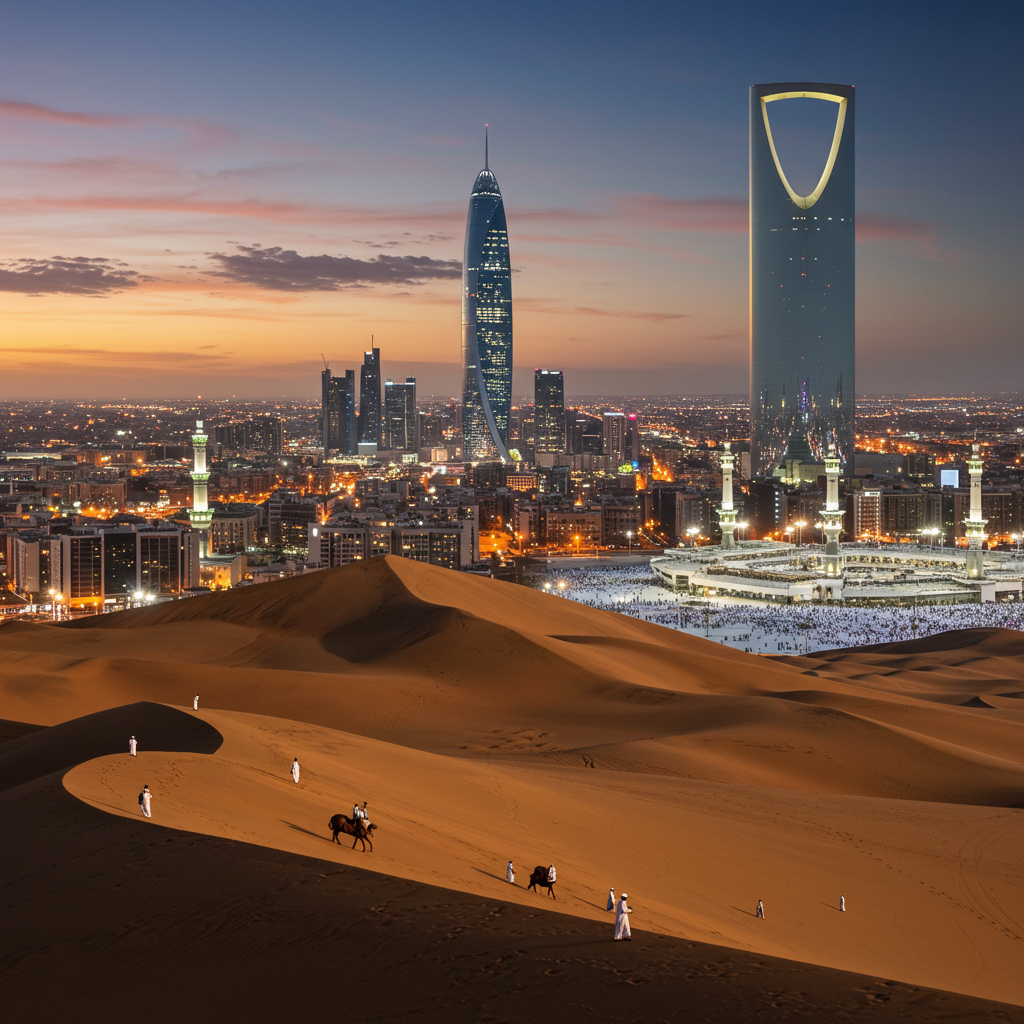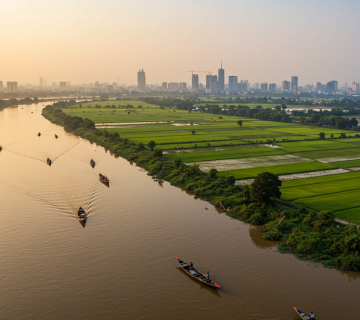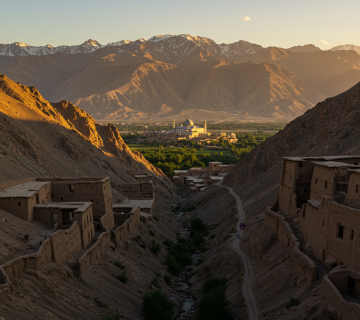📍 Saudi Arabia’s Geography and Regional Role
With an expanse of over 2 million square kilometers, Saudi Arabia stands as the largest country in the Arabian Peninsula and one of the most geopolitically significant locations in Southwest Asia. Sharing land borders with seven countries (Iraq, Jordan, Kuwait, Qatar, UAE, Oman, and Yemen) and possessing dual coastlines along the Red Sea and the Persian Gulf, the Kingdom is a strategic bridge between Asia, Africa, and Europe.
Physical and Climatic Geography
Saudi Arabia features diverse landscapes—from the Hijaz mountains in the west to the Najd plateau in the center, and the vast Rub’ al Khali desert in the southeast. This geographical variety leads to a range of climates, from arid desert heat to cooler mountainous nights. Its coastal access has facilitated major ports like Jeddah and Dammam, essential hubs in regional trade.
Geostrategic Significance
Proximity to key maritime chokepoints such as the Bab al-Mandab and the Strait of Hormuz makes Saudi Arabia crucial in the global energy transit system. Its geography places it at the heart of oil export routes, giving Riyadh considerable influence in global energy security.
Regional Political and Security Role
Saudi Arabia is a founding member and central pillar of the Gulf Cooperation Council (GCC), with a decisive role in many regional crises—from the conflict in Yemen to proxy rivalries in Syria and Lebanon. Leveraging its location and resource wealth, the Kingdom shapes regional power balances. The presence of Western military bases underscores its geostrategic value in Middle Eastern security architecture.
Regional Diplomacy and Economic Corridors
Through geographic leverage, Saudi Arabia has invested heavily in ports, international railways, and economic zones. Initiatives like the land bridge connecting the Persian Gulf to the Red Sea and alignment with China’s Belt and Road project position the Kingdom as a future Eurasian transit hub. Diplomatically, Saudi Arabia engages actively in the Organization of Islamic Cooperation (OIC) and the Arab League, reinforcing its regional leadership.
Conclusion
Saudi Arabia’s geography is not merely a physical trait—it is a strategic asset. From controlling energy flows to mediating political tensions, the Kingdom exemplifies how topography can translate into geopolitical capital. Any understanding of the Middle East’s future requires examining Saudi Arabia’s place in its evolving regional dynamics.





No comment